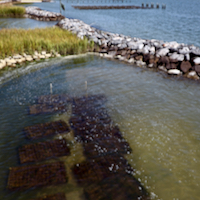
A VIMS-led team will use funds from NOAA to help oyster growers and restoration specialists better manage their future responses to acidification in the Chesapeake Bay.
Top Stories Archive

A VIMS-led team will use funds from NOAA to help oyster growers and restoration specialists better manage their future responses to acidification in the Chesapeake Bay.
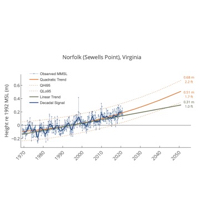
Tide-gauge measurements show that water levels rose at a higher rate in 2020 than 2019 at 26 of 32 stations.
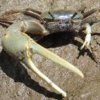
Shift to new habitat helps fiddler crabs leave some troubles behind.
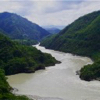
Analysis led by Dr. Christopher Hein of VIMS indicates greater tropical rainfall may increase microbes’ release of carbon dioxide from soils into air.
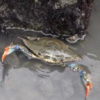
A study led by VIMS researcher Emily Rivest synthesizes the results of pioneering behavioral studies and provides a conceptual framework to help guide future research in this emerging field.
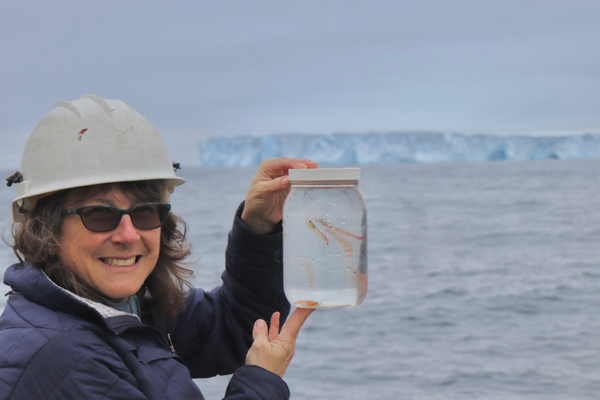
An analysis of 90 years of catch data from the South Atlantic Ocean shows that Antarctic krill are moving southward in concert with ocean warming, raising concerns for international fisheries managers.
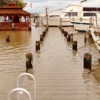
Executive Order leverages VIMS long-term monitoring programs and expertise in flood forecasting to help make the Commonwealth more resilient to sea-level rise.
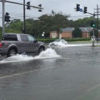
Event provides water-level data used to improve VIMS’ street-level inundation model and its predictions of coastal flooding in Hampton Roads.

Comparing environmental conditions in the Chesapeake Bay to the abundance & distribution of its jellyfish populations over two decades helps explain how our rainy spring led to fewer bay nettles this summer, and raises concerns that a predicted shift toward wetter springs may harm the Bay ecosystem.
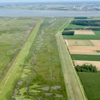
Global study addresses a major uncertainty in how saltmarshes and mangroves will respond to sea-level rise; stresses importance of preserving "accommodation space” for landward migration.
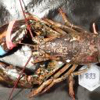
New findings reveal that earlier springs and hotter summers in the northeastern U.S. are making resident lobsters increasingly susceptible to epizootic shell disease, a condition that has depleted the southern New England population and severely impacted the local lobster fishery.
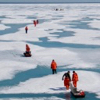
VIMS researchers will travel to the North Pole this August for a month-long study of one of the major uncertainties in climate-change research—the complex interplay between sea ice, marine life, and clouds.

A new study puts a surprising twist into our understanding of how corals react to ocean warming and acidification and may offer an early warning system for warmth-induced coral bleaching events.
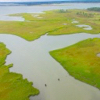
Results of groundbreaking study help establish how flow and burial of carbon in wetland, estuary, and shelf ecosystems influences climate.

Interactive plots provide annual sea-level projections to 2050 for 32 localities along the U.S. coastline from Maine to Alaska.

A new review article presents evidence that argues for a more nuanced approach to the design of global-change experiments—one that acknowledges and purposefully incorporates the variability inherent in nature.
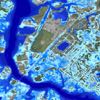
"Dress rehearsal" will help quantify local flooding risk and validate storm-surge models, while laying groundwork for long-term network of volunteer data collectors.
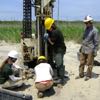
Dr. Christopher Hein and colleagues hope to help sustain NASA’s Flight Facility and Virginia’s Mid-Atlantic Regional Spaceport on Wallops Island.
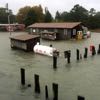
Dr. Derek Loftis is honored as ‘Emerging Leader’ during Capitol Hill Ocean Week and as a member of the winning team in the Amazon City on a Cloud Innovation Challenge.
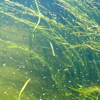
Loss of eelgrass habitat and benefits from Chesapeake Bay during the last 30 years has come at a staggering ecological and economic cost.
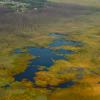
Scientists working on a rapid-assessment technique for determining saltmarsh vulnerability discovered that all of the marshes they field-tested are losing ground.
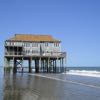
Research shows Virginia’s barrier islands are retreating up to 18 feet per year, with a resulting loss of at least 60 acres of saltmarsh annually.

VIMS professor Elizabeth Shadwick has deployed a high-tech mooring beneath the seasonally ice-covered waters around Antarctica to better understand ocean acidification in polar regions.
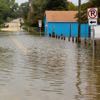
Major funding from HUD will help VIMS continue its leadership role in efforts to increase the resiliency of Virginia’s coastal communities.
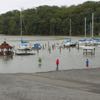
Legislators join with citizens, policymakers, and researchers as part of their on-going efforts to develop a comprehensive and coordinated plan for addressing coastal flooding and sea-level rise in the Commonwealth.

Professor Elizabeth Canuel and colleagues in the U.S. and Iran show links between drought and the fall of Fertile Crescent empires as far back as 4,200 years ago.

Governor names Dean and Director John Wells to Climate Change Commission, where he will serve as conduit for VIMS expertise and data.

A long-term study of the links between climate and marine life along the rapidly warming West Antarctic Peninsula reveals how changes in physical factors send ripples up the food chain.

A study led by Professor Harry Wang demonstrates the ability to predict a hurricane’s storm tide at a much finer scale than current operational methods.
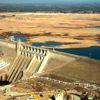
VIMS professor John Milliman cautions that the drought now gripping the American West is likely to continue, while California invites professors Elizabeth Canuel and Rob Latour to advise the state on how it should respond to the threat.

A modeling study led by Professor Walker Smith shows that warming temperatures will reverse current trend, making Ross Sea largely ice free in summer by 2100.
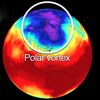
Latest analysis of monthly global temperatures shows that the cold winter of 2014 in the eastern U.S. is a regional, not a global phenomenon.

The clinic, a partnership between W&M Law and VIMS' Center for Coastal Resources Management, allows students to integrate the latest science with legal and policy analysis to solve resource-management issues in the coastal zone.
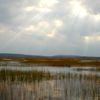
Left to themselves, coastal wetlands can withstand rapid rates of sea-level rise. But humans could be sabotaging some of the wetlands’ best defenses, according to a Nature review paper by VIMS researcher Matt Kirwan and Pat Megonigal of the Smithsonian Environmental Research Center.

W&M alumna Dr. Katherine Potter, who did her honors thesis with Professor Rob Hale at VIMS in 2004, is the principal investigator of the Rwanda Climate Observatory.

New VIMS faculty member Matt Kirwan gained his interest in coastal wetlands the hard way—through years of muskrat trapping in the marshes of the Eastern Shore.
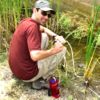
Research by Dr. Chris Hein reveals how shorelines shift in response to natural and human-driven changes in sea level, sediment supply, and coastal storms.

Participants in a conference organized by the Virginia Coastal Policy Clinic cite document as blueprint for state response to coastal flooding issues.
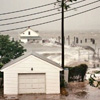
Public officials, attorneys, scientists, and concerned citizens will gather on September 13 at William & Mary for a day-long conference on "Adaptive Planning for Flooding and Coastal Change in Virginia: Legal and Policy Issues for Government."

Virginia Coastal Policy Clinic gives students opportunity to immerse themselves in practical law and policy issues while addressing issues facing Virginia's coastal communities.

Professors Walker Smith and Deborah Steinberg will testify in a March 22 simulation that is designed to determine how legislative hearings can best use modern technology to enhance success, efficiency, and transparency.

Professor Steve Kuehl and team analyze sediment cores for long-term record of extreme events and changing Arctic climate.
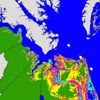
Report provides detailed plan for how the Commonwealth can best respond to coastal flooding.
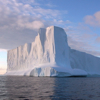
Documentary film will highlight Antarctic research by professor Deb Steinberg and colleagues at VIMS, Rutgers, and other PAL-LTER partners.
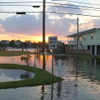
Ongoing research by professor John Brubaker throws light on the intra-seasonal changes that occupy the middle ground between rapid, storm-related surges in sea level and the long-term increase in sea level due to global climate change.
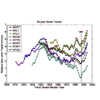
Findings confirm those of two other recent studies that find accelerating rates of sea-level rise along the Atlantic Coast of the U.S. and Canada.
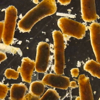
Research shows that small forage fish like anchovies can transport carbon dioxide into the deep sea--where it contributes nothing to current global warming.
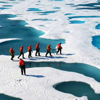
VIMS professor Walker Smith provides independent expertise regarding an Arctic Ocean discovery that scientists say is as dramatic and unexpected as finding a rainforest in the middle of a desert.
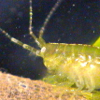
New study from international research team including professor J. Emmett Duffy of VIMS highlights need for stronger efforts to protect biodiversity and the benefits it provides.
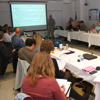
A large group of researchers gathered at VIMS to integrate and refine field measurements and computer models of carbon cycling in the waters along the U.S. East Coast.
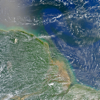
VIMS researchers join an international team to study how the Amazon River's huge freshwater plume affects the biology and chemistry of the Atlantic Ocean.

Dr. Bruce Wielicki explains how cold spells and blizzards can occur with global warming.
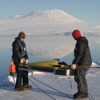
Tests of a free-swimming underwater glider in the icy waters of Antarctica mark the most southerly glider deployment ever and the first successful glider dive beneath the Ross Ice Shelf.

Professor Deborah Bronk leads a study of the Arctic coastal ecosystem, and how climate change might affect nutrient supplies, the food web, and native peoples.

A research team led by professor Deborah Steinberg has returned to Antarctica for their annual 6-week field season.

A new VIMS study of local sea-level trends brings both good and bad news to localities concerned with coastal inundation.
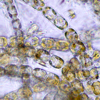
Energy Now interviews VIMS professor Emmett Duffy concerning efforts to harvest wild algae for use as a biofuel.
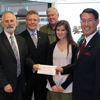
The gift to the VIMS Foundation will support climate change research by Master’s student Emily Jayne.

A VIMS study of gas hydrates—substances that have hindered attempts to stop the Gulf oil leak—is among the top 25 most-downloaded journal articles in Marine Chemistry.

VIMS researchers join an international team to study how the Amazon River's huge freshwater plume affects the biology and chemistry of the Atlantic Ocean.

Professors from VIMS, William & Mary, and the University of Maryland pursue clean water and sustainable fuel sources in Gloucester Point.

Dr. Marjorie Friedrichs will provide guidance concerning the computer models that are used to project the magnitude and rate of climate change.

Two energy-saving projects at VIMS were among a dozen funded by W&M's Committee on Sustainability during its fall 2009 round of awards.
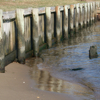
Study shows that continuation of current shoreline-protection strategies will cause more than half of East Coast tidal wetlands to drown beneath rising seas during the coming century.

VIMS alum Charles Natale says pending approval of the "Cape Wind" project in Massachusetts is likely to jumpstart development of other wind farms in the nation's coastal waters, including those off Virginia.
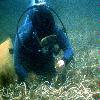
An international team of scientists warns that accelerating losses of seagrasses across the globe threaten the immediate health and long-term sustainability of coastal ecosystems.

Professor Elizabeth Canuel and colleagues have received funding to explore the use of algae as a source of biofuels.
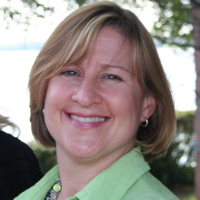
VIMS Professor Deborah Bronk will help decide the nation’s strategy for carbon-cycle research in the coming decade.
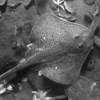
A Science article co-authored by VIMS Professor Robert Diaz shows that the number of "dead zones"—areas of seafloor with too little oxygen for most marine life—has increased by a third between 1995 and 2007.
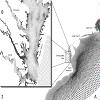
VIMS researchers continue to pursue their long-term goal of providing street-level predictions of storm-tide flooding along the Chesapeake Bay shoreline. Emergency managers will be able to use this information to alert individual neighborhoods during hurricanes and nor'easters.
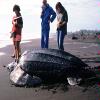
Dr. Vincent Saba's research provides the first evidence of a link between declining numbers of leatherback sea turtles and El Niño.
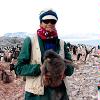
Research by VIMS graduate student Heidi Geisz and colleagues shows that DDT and its breakdown products persist within the tissues of Adelie penguins, three decades after use of the powerful pesticide was banned in most countries. The findings raise concern about the potential cumulative effects of contaminants on penguins and other Antarctic predators.

VIMS fellow Dr. Christopher Pyke briefs an influential Senate committee on the impacts of global warming on Chesapeake Bay.

A team including researchers from VIMS reports that episodic, swirling current systems known as eddies act to pump nutrients up from the deep ocean to fuel blooms of algae in otherwise barren mid-ocean regions.

VIMS researchers present evidence that silica plays an unexpected role in the ocean's response to iron enrichment.
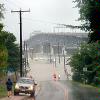
A new analysis of sea-level records by VIMS emeritus professor Dr. John Boon suggests that future storms will pose ever greater flood risks.

A multi-institution team headed by VIMS researchers has received a 5-year, $1.7 million NSF grant to study the role that plankton play in the consumption and production of dissolved organic matter in the ocean.